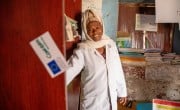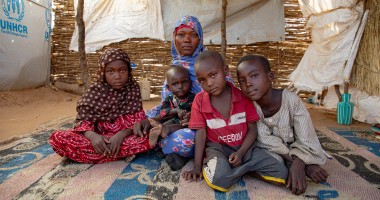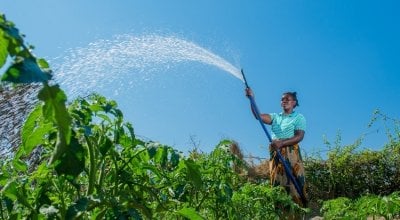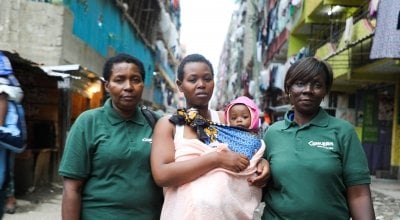
Read our 2024 annual report

Knowledge Hub
Why are we in Ethiopia? Ethiopia continues to face persistent crises driven by protracted conflict and climate extremes, despite recent GDP growth. Insecurity in parts of Amhara, Tigray, and other regions continues to affect services and displace populations, whereas severe drought and recurrent flooding are worsening food insecurity.
More than 20 million people need humanitarian support
According to the United Nations' estimates, around 21.4 million people require humanitarian assistance, including 16.7 million women and children. Of these, over 15 million face crisis levels of food insecurity, while nearly 4.5 million are displaced.
Disease outbreaks, including cholera, measles, and malaria, are spreading in areas where health services have been disrupted. Ethiopia also hosts more than 1 million refugees from neighbouring countries, further straining services.
Concern, for over 50 years, has been working in some of the most vulnerable and hard-to-reach areas, addressing urgent humanitarian needs while supporting communities to strengthen resilience and lead programmes that drive long-term economic empowerment.
Concern in Ethiopia - 2024
Latest achievements
Cash transfers
In 2024, Concern reached 40,000 crisis-affected people across three regions with multi-purpose cash assistance, enabling them to meet urgent needs according to their priorities while supporting local markets.
Health and nutrition
Income generation





How we're helping Ethiopia
We are working hard to combat suffering and build resilience in Ethiopia. We are doing this by establishing programmes which will improve livelihoods, tackle gender equality and increase humanitarian response.
Latest from Ethiopia

Other ways to help
Corporate support
Is your company interested in working together for a common cause?
Fundraise for Concern
From mountain trekking to marathon running, cake sales to table quizzes, there are lots of ways you can support our work.
Buy a gift
With an extensive range of alternative gifts, we have something to suit everybody.
Leave a gift in your will
Leave the world a better place with a life-changing legacy.
Volunteer with Concern
The lots of ways to get involved with our work as a volunteer
School fundraising
Without the generous support from schools, we wouldn't be able to do the work that we do.











